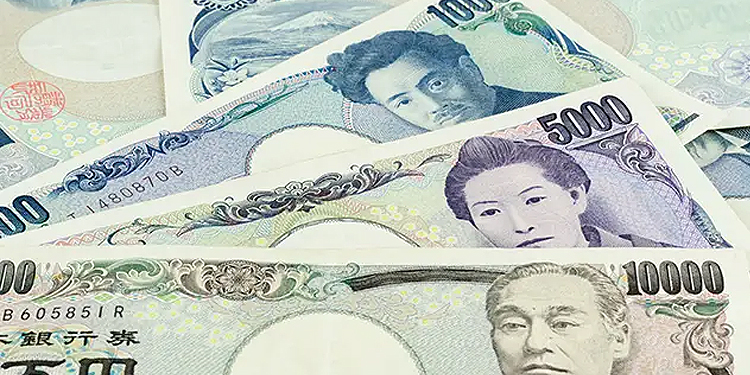
The US Dollar (USD) rose against the Japanese Yen (JPY) to an almost 11-month high on Monday following last week’s gains, keeping traders focused on Japan intervention risks.
The Japanes Yen (JPY) fell 0.17% to 148.66 per dollar, touching its lowest since late October and adding to Friday’s declines after the BOJ maintained ultra-low interest rates, while Governor Kazuo Ueda stressed the need to spend more time assessing data before raising interest rates.
The Japanese currency remained within striking distance of 150, a level which some market watchers saw as a line in the sand that would spur forex intervention from Japanese authorities similar to that of last year.
“According to BoJ Governor Kazuo Ueda there was no sign yet of stable inflation on a sustainable basis so that the BoJ will patiently continue with monetary easing under the current framework. That was a clear dampener for the yen,” said Esther Reichelt, FX analyst at Commerzbank.
A yen overshooting would be seen by many as a catalyst for renewed interventions to strengthen the Japanese Yen, similarly to last year, she added.
“It is possible of course that exactly such fears of interventions might have prevented a weaker yen for now”.
The dollar index , which on Friday touched an over six-month high, firmed at 105.64 and was last 0.06% higher.
Last week, the Federal Reserve kept rates on hold at its policy meeting, but surprised markets by signalling U.S. rates would need to stay higher for longer than expected.
On Friday, Fed officials warned of further rate hikes ahead. Markets now see a 25% chance of a 25-basis-point increase at November’s meeting.
Elsewhere, the Swedish crown jumped to an almost seven-week high, up 1% against the euro to 11,7300.
Nick Rees, FX market analyst Monex Europe, said the crown was firming on the back of news that Swedish property group SBB (SBBb.ST) had secured an 8 billion crown ($719 million) cash boost and said it would reorganise its business.
“It is a positive sign for the Swedish economy, and we’ve not had many of them recently,” he said.
EURO FACES GROWTH FEARS
The euro edged 0.1% lower to $1.0633, moving towards a six-month low of $1.0615 touched on Friday against a stronger dollar.
The single currency was on track to lose roughly 1.9% for the month, its steepest monthly fall since May, amid growing recession fears.
A survey showed on Monday German business morale deteriorated slightly in September, falling for the fifth month and underlining recession fears in the euro zone’s largest economy.
“That (recession threat) does not only suggest that a further rate hike in the euro zone is becoming increasingly less likely but also that the market is going to stick to its rate cut expectations for next year, which is putting pressure on the euro for now,” Reichelt said.
The European Central Bank has reached the point where it needs to be wary of raising interest rates too high and should try to avoid a hard landing of the economy, ECB policymaker Francois Villeroy de Galhau said on Monday.
Sterling eased 0.17% to $1.2224, after sliding more than 1% last week on the back of the Bank of England’s pause on its rate-hike cycle, a decision which came a day after data showed Britain’s high inflation rate unexpectedly slowed.
The pound was headed for a 3.5% fall in September, its worst monthly performance in a year.
from International News Today - Breaking News, US News, World News https://ift.tt/lvGEecO
via IFTTT